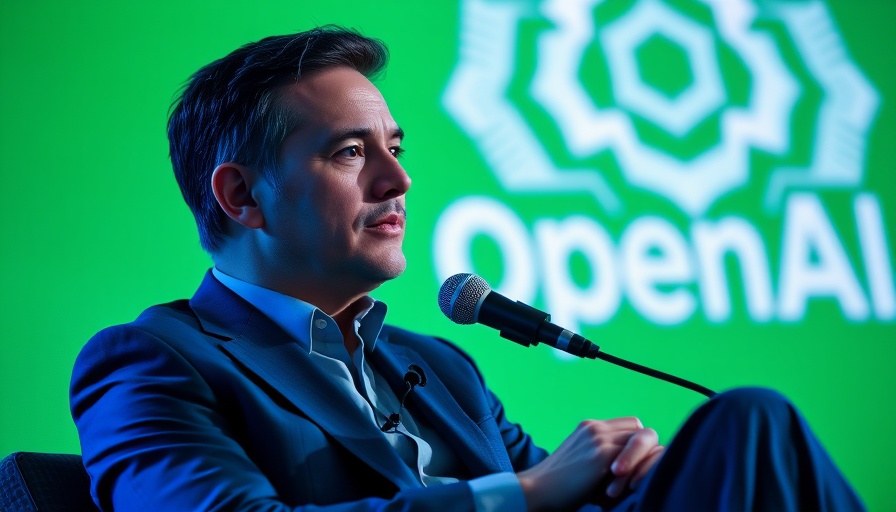
The Unfolding Drama Behind Sam Altman's Ouster
The recent revelations from Keach Hagey's upcoming book, "The Optimist: Sam Altman, OpenAI, and the Race to Invent the Future," have reignited discourse on the internal dynamics of one of the most influential companies in the AI sector. The excerpt outlines the peculiar circumstances that led to Altman's brief firing in 2023, unraveling a complex web of personal interests and organizational strife.
Complexities and Concerns: The Role of the OpenAI Board
According to Hagey, concerns began to surface regarding Altman’s management style and decision-making processes. Specifically, the OpenAI's board of directors was alarmed upon discovering the existence of an OpenAI Startup Fund, which was allegedly owned by Altman himself, raising questions of potential conflicts of interest. This revelation prompted board members to scrutinize Altman's leadership and operational integrity more closely.
Accusations of Toxic Behavior: Evidence Presented
Additionally, co-founder Ilya Sutskever and CTO Mira Murati reportedly compiled evidence portraying Altman's behavior as toxic and misleading. This included alleged misstatements regarding internal communications concerning the legal review of GPT-4 Turbo, where Altman suggested that the company's legal team approved actions that they later denied. Such discrepancies fueled the board’s resolve to act against Altman, positioning Murati as an interim CEO.
The Backlash: Employee Revolt and Altman's Return
The ensuing situation quickly escalated into a substantial backlash from OpenAI employees, many of whom expressed their overwhelming support for Altman. In a move that surprised board members, Sutskever and Murati, despite their direct involvement in the ousting, found themselves signing a letter demanding Altman’s reinstatement. This employee revolt highlights the deep loyalty within OpenAI and the intricate relationships that define workplace culture in tech giants.
The Aftermath: New Ventures and Future Implications
Altman's return not only reinstated him as a pivotal leader in AI but also marked a significant shift for Sutskever and Murati, who chose to depart from OpenAI to pursue their own startup endeavors. This shakeup raises intriguing questions about the future trajectories of both former executives and OpenAI itself. As they venture into the startup ecosystem, the impact of their departure on OpenAI's vision and operational stability remains to be seen.
What This Means for OpenAI and AI Development
The unfolding events at OpenAI underline the profound complexities that emergent technologies bring to leadership dynamics. With significant advancements in AI on the horizon, navigating such challenges is crucial for fostering innovation while ensuring ethical governance. OpenAI's experience with internal conflict might serve as a cautionary tale for other organizations in the tech sector, as the importance of transparency and cohesive leadership becomes ever more apparent in an industry prone to rapid changes.
Ultimately, the revelations from Hagey's book not only delve into the personal and professional tensions within OpenAI but also reflect larger themes about leadership accountability in one of the most influential sectors today.
As discussions around AI governance and leadership ethics continue to evolve, stakeholders are encouraged to remain vigilant and engaged with the ongoing developments in AI policy and corporate governance. For more insights into the evolving landscape of AI technology and its societal implications, be proactive in seeking out trustworthy sources and analyses.
 Add Row
Add Row  Add
Add 




 Add Row
Add Row  Add
Add 

Write A Comment